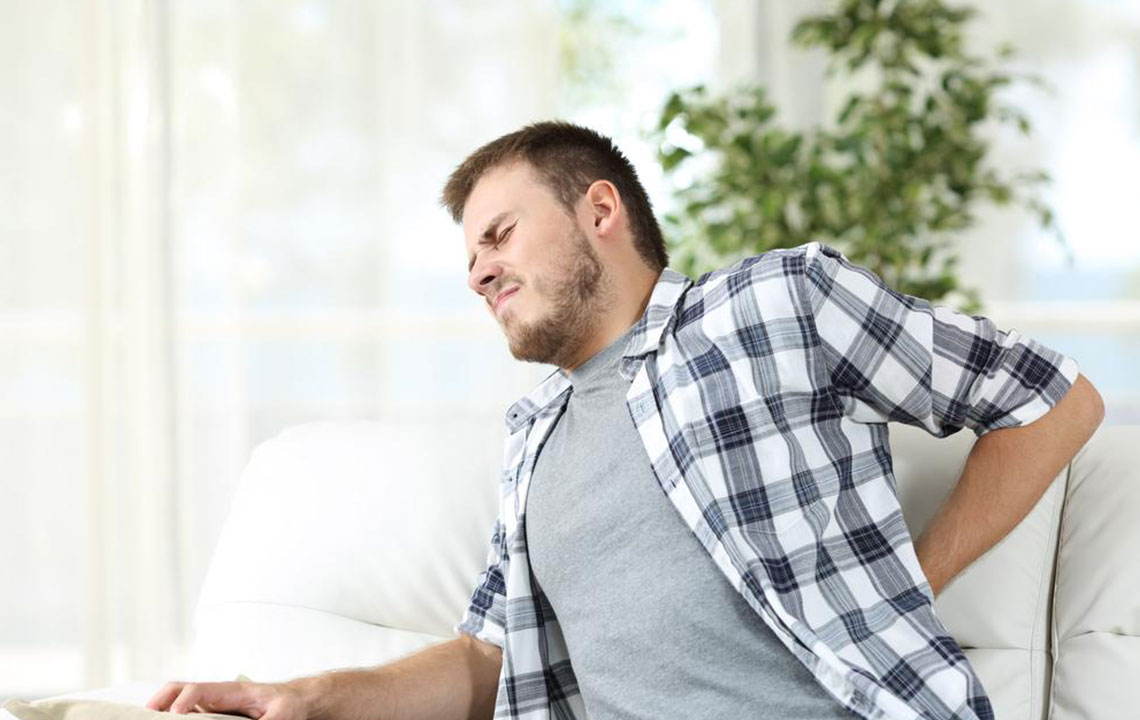Causes, Symptoms and Treatment for Spasm

In recent studies, it has come out that majority of the population in the United States has suffered from back pain at some point in their life. This back spasm is an involuntary contraction of the muscles in the lower back.
This back pain condition ranges from mild discomfort to severe pain which makes it difficult for a person to move around. Spasm, a medical condition can be treated without any kind of surgery. If the pain is related to a nerve problem in the spine, then some kind of medical intervention is required.
Causes of lower back spasm
The back spasm can occur due to various reasons including injuries to the muscle, ligaments, and tendons or can be related to any of the serious medical conditions. Back spasm also commonly occurs due to the heavy lifting of any kind.
If any activity is undertaken which puts excessive strain on muscles in the lower back can cause lower back spasm. Football and golf players also suffer from back spasm as they have to go through intense training for their matches. This medical condition can also occur if a person has arthritis or is suffering from a ruptured disk in the spine.
Diagnosis of Back Spasm
Doctors usually recommend an x-ray to look for any signs of bone fracture or arthritis. In rare condition, the doctor might also recommend the patient to undergo Magnetic resonance imaging (MRI) or computerized tomography (CT) is a detailed analysis of soft tissue is required. An MRI or CT scan can help in identifying problems related to disk.
When the doctor discusses the medical condition with the patient the doctor will ask some questions as the severity of pain and for how long the pain has flared up. Spasm can be treated if its given attention. Consult the doctor if the spasm symptoms become severe.
Treatment of lower back spasm
Spasm treatment can be undertaken at a different level. If the spasm begins after an injury or some other activity which has resulted in the stress of the muscle, the person can alternate between ice and heat on the back. This combination works effectively in treating lower back spasm in the way that ice will help in reduction of inflammation and the heat will improve the blood flow which will reduce the pain.
Medications can also be taken for reducing the incidence of a back spasm. You can take nonsteroidal anti-inflammatory drugs and muscle relaxants to reduce the symptoms.
Anti-inflammatory medication injection can also be taken to reduce the incidence of a back spasm. However, like any other medication, there could be potential side effects. A person should take guidance from a doctor if they wish to take medications and injections for reducing the incidence of a back spasm.
Physical therapy which strengthens the back and abdominal muscles can also be done to treat back spasm.
Natural ways of treating back spasm
The spasm can also be treated in a natural manner and the below-listed steps can be taken to cure spasm related injuries.
- Staying hydrated
Drinking eight to ten glasses of water in a day can help in curing problems related to the back. Low water intake also leads to spasm problem as toxins do not get processed and removed from the body when water is not consumed in a sufficient manner. - Maintaining the Magnesium Level
Magnesium is known to help the organs function in a proper manner. It is commonly known that lower levels of magnesium are known to cause muscle pain and lower back pain. Supplemental magnesium is known to maintain the level of magnesium and strengthens the muscles and ultimately reduces spasm when consumed in regular quantum. - Exercise on a daily basis
A simple 30-minute exercise schedule followed on a daily basis will help in treating problems related to spasm. These exercises should be simple stretching exercises like some yoga practices. When done on a regular basis, it will treat the lower back or spasm problem.
Prevention of Back Spasm
The back of human beings plays a vital role in maintaining the posture. The better a person takes care of the back; lesser are the chances of lowering risk for development of back spasm. People who are overweight should lose some weight if they wish to avoid conditions related to back spasm.
By standing straight and wearing low heel shoes stability and strength to lower back can be given and those who suffer from back spasm should take care of these aspects. Physical activities like strengthening exercises and abdominal exercise will also help in strengthening of back region and thus will prevent back spasm.
A doctor should ideally be consulted whenever any such complication related to back spasm has occurred. A mix of medications and exercise is the best way of treating back spasm. Spasm is not a life-threatening condition and can get better with medication and exercises when done on a regular basis.


